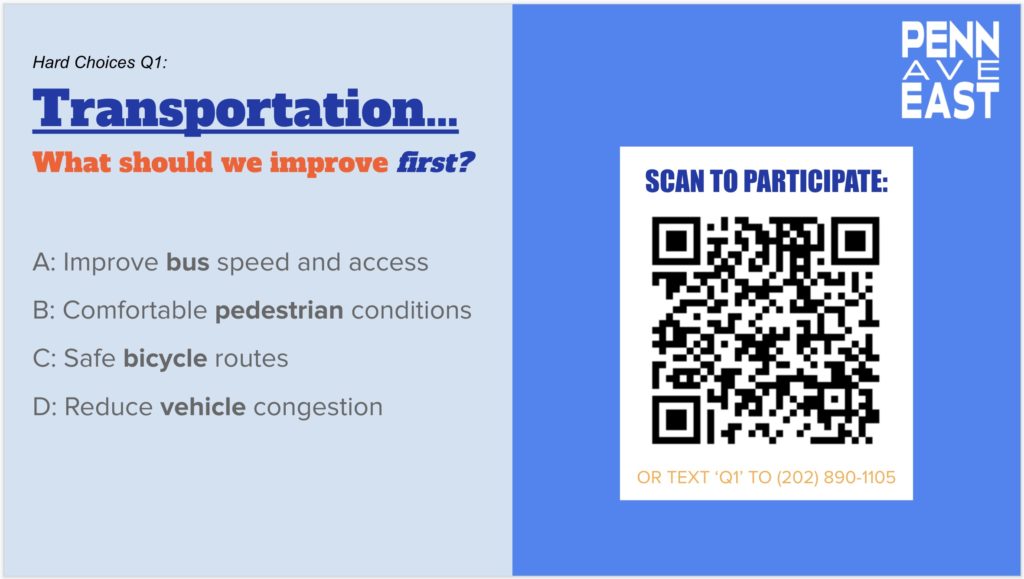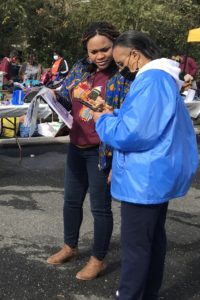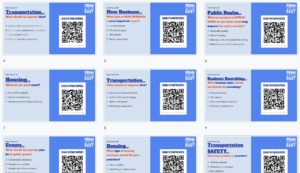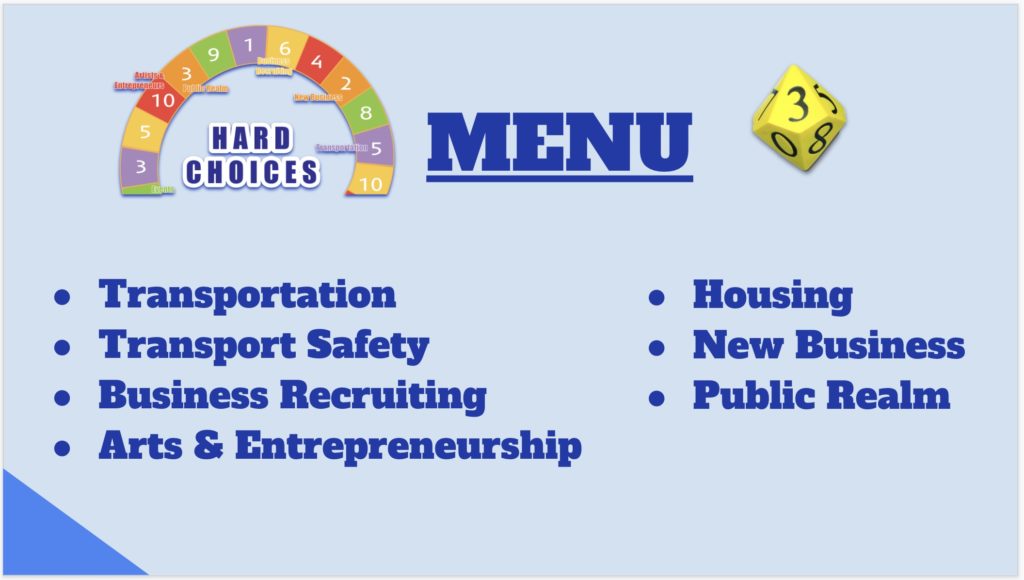We created the outdoor game Hard Choices as a playful way to gather input on the future of the neighborhood for Pennsylvania Avenue East, as part of a collaboration with the DC Office of Planning and the Main Street association for Penn Ave East.
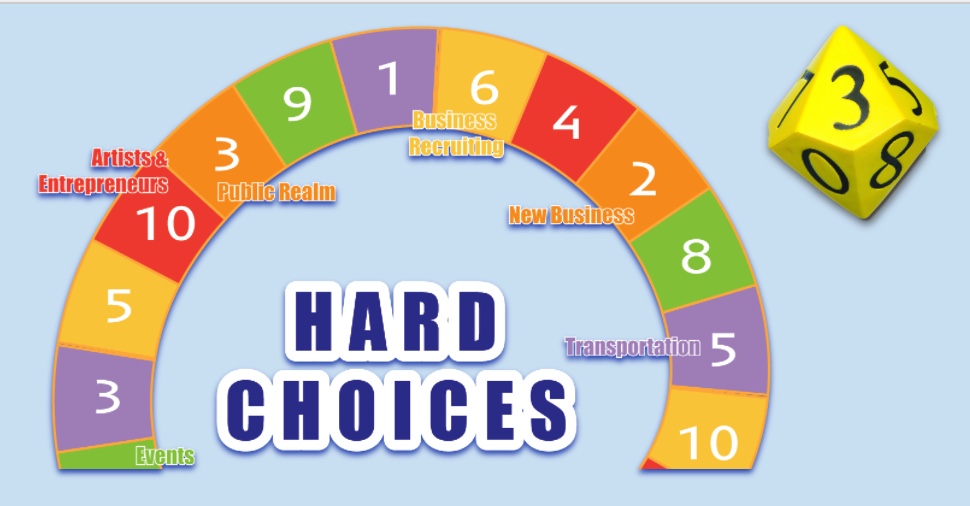
In the game, a charismatic “host” invites players to join at a sidewalk or public event. (For our main event, we launched with DC’s Art All Night event at a hub in the neighborhood; future events may include church picnics, community markets, etc.)
One player is selected to roll our ten-sided die. Their roll determines the “neighborhood futures” question that everyone will answer, displayed on a large screen or paper poster.
Video of the game in action:
The game scales between 1-25+ simultaneous players. Each player scans the QR code for the question that was rolled. This begins a text-message conversation with our game system, where players can advocate for different futures, leave comments and discuss with their neighbors in person.
Our design constraints included: to engage playfully (in contrast to typical city planning meetings), to broaden engagement by meeting residents where they are in public space, to engage a younger audience than might attend planning meetings, and to support minimal technology (in this case, SMS rather than apps or data plans).
The game was made using Hive Mechanic, our new authoring tool for neighborhood games and interactive stories.
Check back for photographs and more documentation of the game post-launch.
Photographs and documentation
We set up in front of our Humanities Truck:
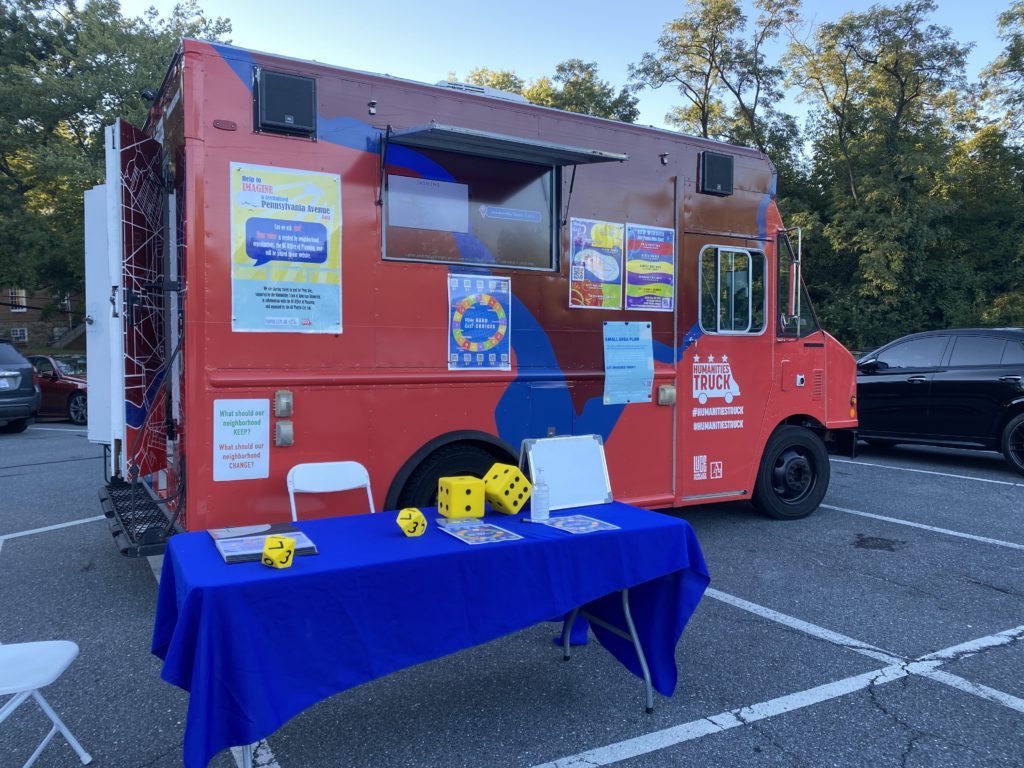
QR code for the question — for print and projection at events:
Players are welcomed
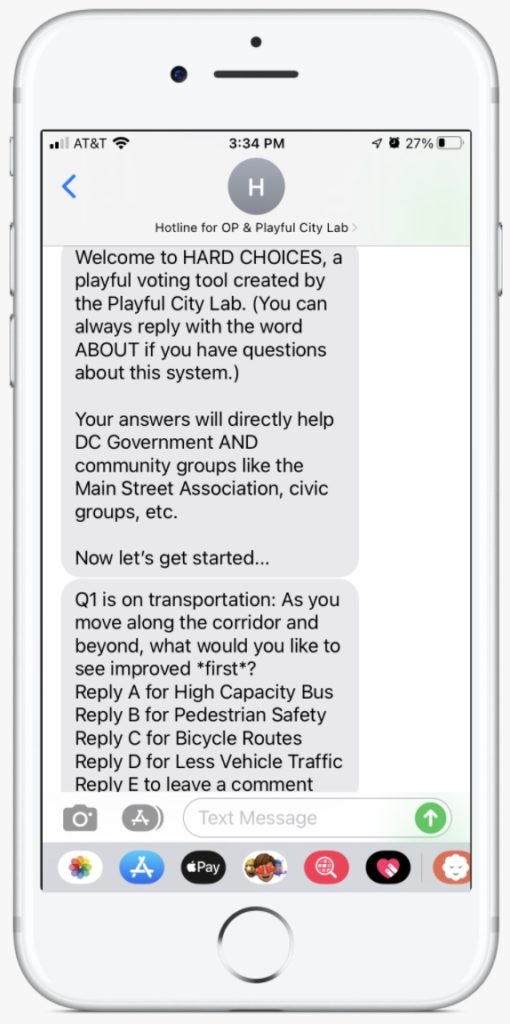
Voting can be a simple choice – or to leave a comment:
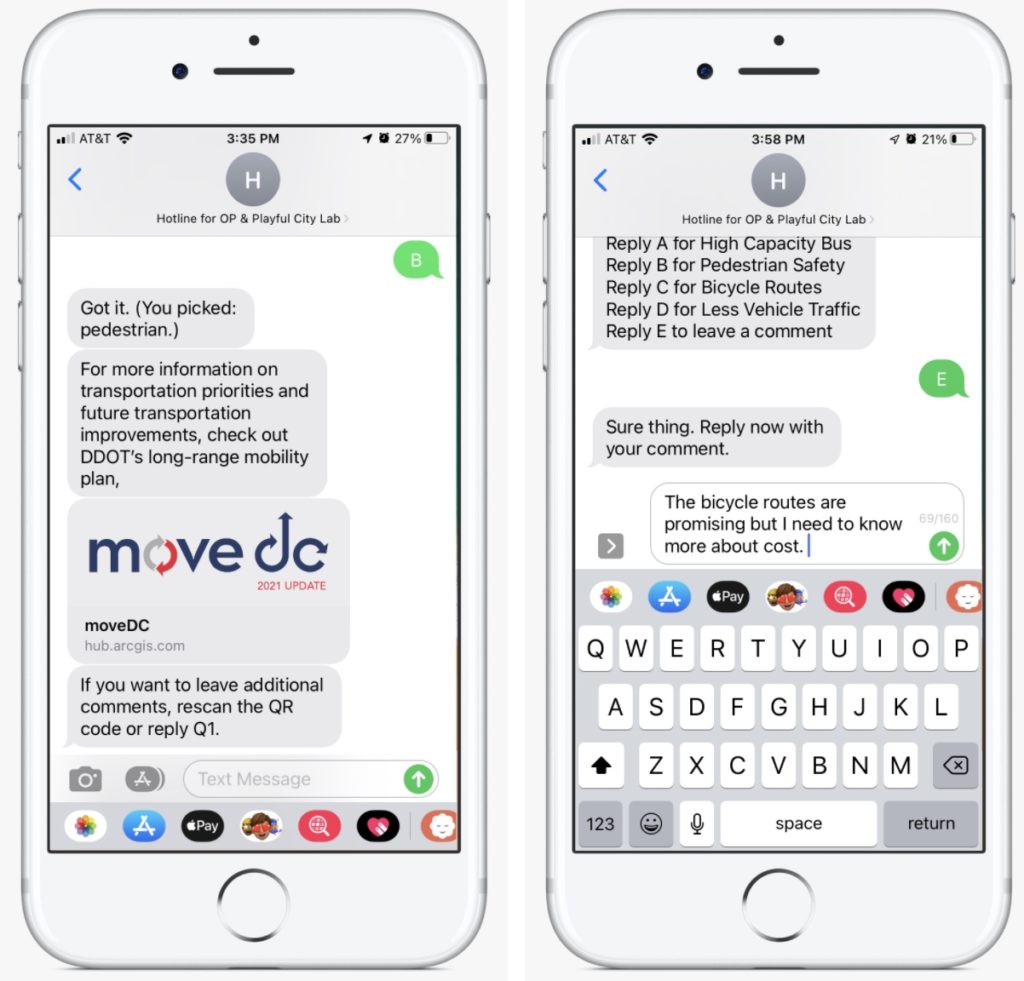
Paper made it easy to walk through crowds and have one-on-one experiences:
If 15 minutes pass, we assume they have walked away — and so we send them a way to follow-up later with the Office of Planning:
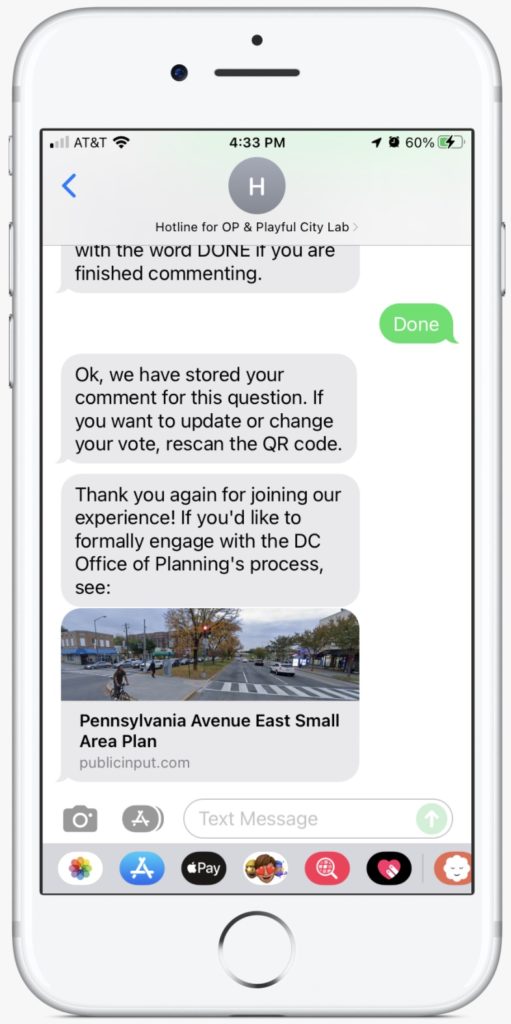
The results can be imported into a spreadsheet to make charts like this:
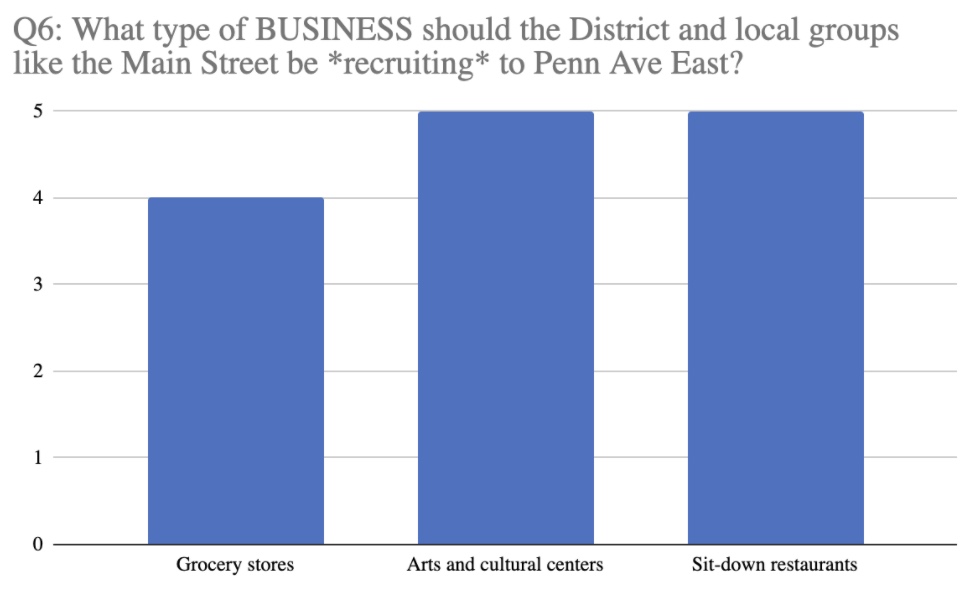
Another visualization:
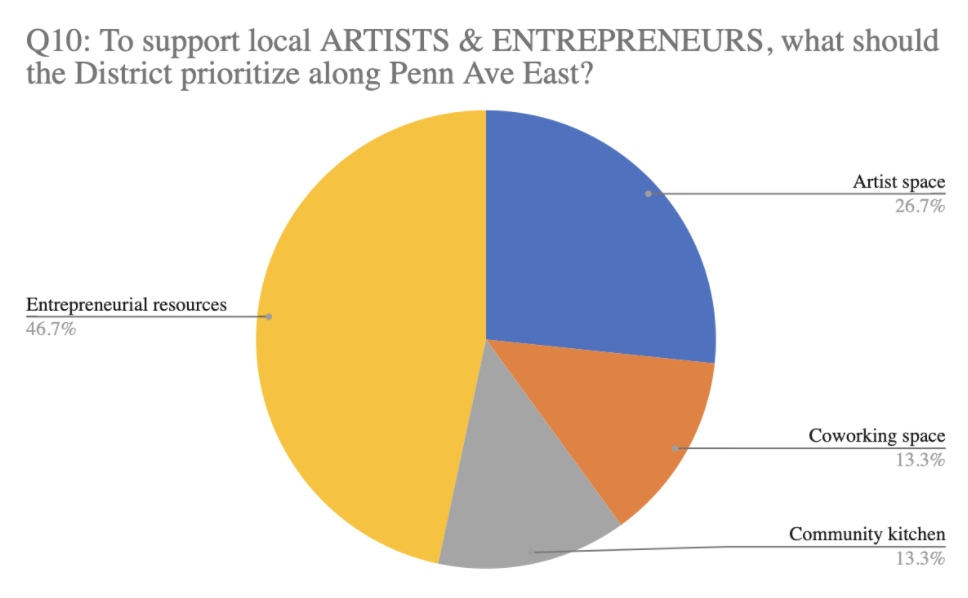
Which topics did participants prefer?
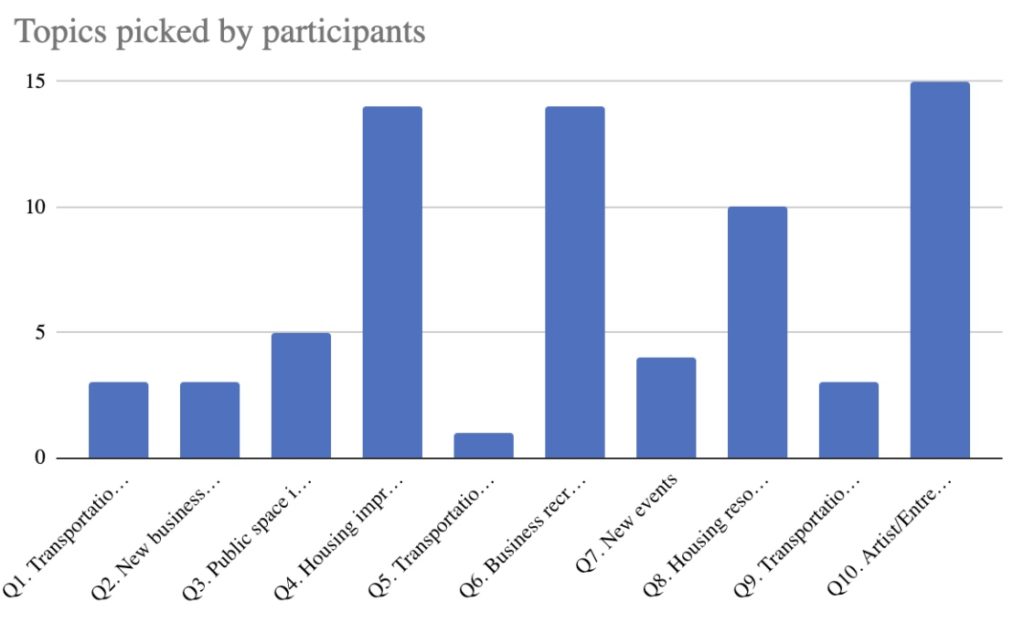
Consistency made the content faster to produce with a visual template:
Some older residents did not want to roll the dice, and appreciated the feeling of choice (and focus) from our print menu:
…once they picked a category, we turned to the right QR code so they could jump straight to their question theme.
To organize our content for external review, we used a single Google Doc. This document also made it easier to upload the content to Hive Mechanic and to keep track of our variables, etc.
